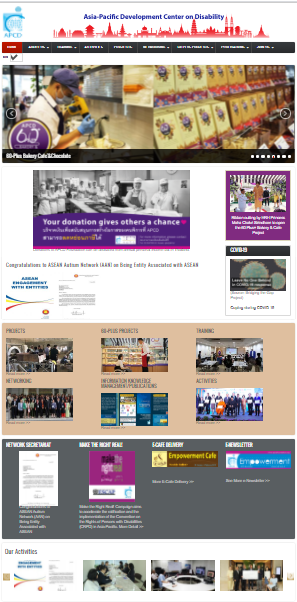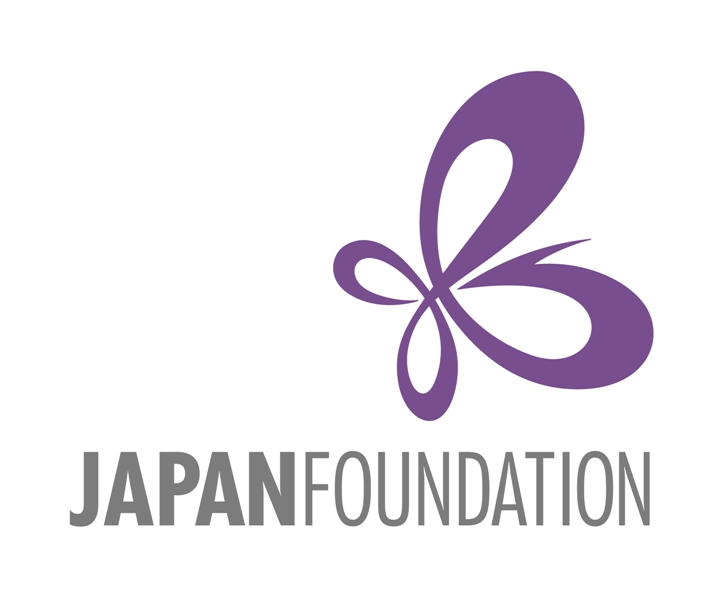Nepal
Country Profile: Nepal
Statistics
| Human development index (for 2005) | |
| Human development index rank | 142 (UNDP 2007) |
| GDP per capital (PPP) | $1 550 (UNDP 2007) |
| Life Expectancy at birth (years) | 62.6 (UNDP 2007) |
| Combined gross enrolment ratio for primary, secondary and tertiary education | 58.1 per cent (UNDP 2007)* |
| Demography | |
| Total population mid-2007 | 28 196 000 (United Nations 2006) |
| Population of persons with disabilities | No response provided (ESCAP 2006, Q 18) |
| Proportion of persons with disabilities to total population | 1.63 per cent (not including those with mild and moderate disabilities) (ESCAP 2006, Q 18) |
| definition of disability | “1. The definition of the disabled person set forth in clause (a) of section 2 and the determination of disability shall be on the basis of the generally accepted principles of the medicine and the criteria set in the context of the Kingdom of Nepal. 2. With regard to the matter whether any person is a disabled one or not under subsection 1, the decision of the doctor or committee designated or consulted by His Majesty’s Government for this purpose shall be authentic.” (Nepal 1982, sect. 3) |
| definition of persons with disabilities | “[A] Nepalese citizen who is physically or mentally unable or handicapped to do normal daily lifework. The expressions also include blind, one eyed, deaf, dumb, dull, crippled, limb, lame, handicapped with one leg broken, handicapped with one hand broken or a feeble-minded person.” (Nepal 1982, sect. 2, para. a) |
| Employment rate of persons with disabilities | No response provided (ESCAP 2006, Q 12.1) |
| Access to education | No response provided (ESCAP 2006, Q 6/7.1) |
| Institutional framework | |
| National coordination mechanism or disability focal point | National Coordination Committee on Disability, established in 2000, under the Ministry of Women, Children, and Social Welfare (ESCAP 2006, Qs 1(i), (ii)) |
| Number of members and composition of the mechanism | A total of 41 members, including 24 from 7 ministries, and 17 from organizations of persons with disabilities, experts, and civil society (ESCAP 2006, Q 1(ii)) |
| Legislative and policy framework | |
| Mention on disability in constitution | “Provided that nothing shall be deemed to prevent the making of special provisions by law for the protection, empowerment or advancement of the interests of … the … disabled and those who are physically or mentally incapacitated.”(Nepal 2007, part 3, art. 13, para. 3) “… the … disabled as well as incapacitated and helpless citizens shall have the right to social security as provided for in the law.”(Nepal 2007, part 3, art. 18, para. 2) “To make arrangements for appropriate relief, recognition and rehabilitation for … the disabled and helpless persons due to injury during the course of armed conflict.” (Nepal 2007, part 4, art. 33, subpara. p) “The state shall pursue a policy of making special provisions of social security for the protection and welfare of … the … disabled, incapacitated persons …” (Nepal 2007, part 4, art. 35, para. 9) “The State shall pursue a policy of making special provision based on positive discrimination to the … disabled...”(Nepal 2007, part 4,.art. 35, para. 14) “The Government of Nepal may form necessary commissions to safeguard and promote the rights and interests of different sectors of the country including … disabled ...”(Nepal 2007, part 22, art. 154) |
| comprehensive disability law | The Disabled Persons Protection and Welfare Act, 1982 (Nepal 1982) |
| Disabilitiy-specific anti discrimination law | No (ESCAP 2006, Q 10) |
| Sectoral disbility laws | Cover: education; employment; rehabilitation; health; building code; and social security/social welfare (ESCAP 2006, Q 8(i)) |
| National plan of action on disability | National Policy and Plan of Action on Disability 2006 (ESCAP 2006, Q 2(ii)) |
| National efforts to promote an Inclusive Society | |
| Employment quota scheme | Yes (ESCAP 2006, Q 8.1) |
| National accessibility standard | No response provided (ESCAP 2006, Q 13.1) |
| Standardized sign language | No response provided (ESCAP 2006, Q 19.1) |
| ICT accessibility guideline | No response provided (ESCAP 2006, Qs 17.1, 18.1) |
| Financial commitment | |
| Proportion of disability (social) spending to GDP or entire national budget | Not available |
| Annual budget allocated to the national coordination mechanism | No response provided (ESCAP 2006, Q 1(ii)) |
| Commitment to regional and international instruments on disability | |
| Signatory to the Proclamation of the Decade | 1993 (ESCAP 2004b) |
| Ratification of ILO Convention159 | No (ILO 2009) |
| Ratification or signatiory of the conventions on the Rights of Person with Disabilities, and its Optional Protocol | Signed the Convention on 3 January 2008 Signed Optional Protocol on 3 January 2008 (United Nations 2009) |
| * National or UNESCO Institute for Statistics estimate. | |
Source: http://www.unescap.org/ESID/psis/disability/publications/glance/Disability_at_a_Glance2009.pdf











